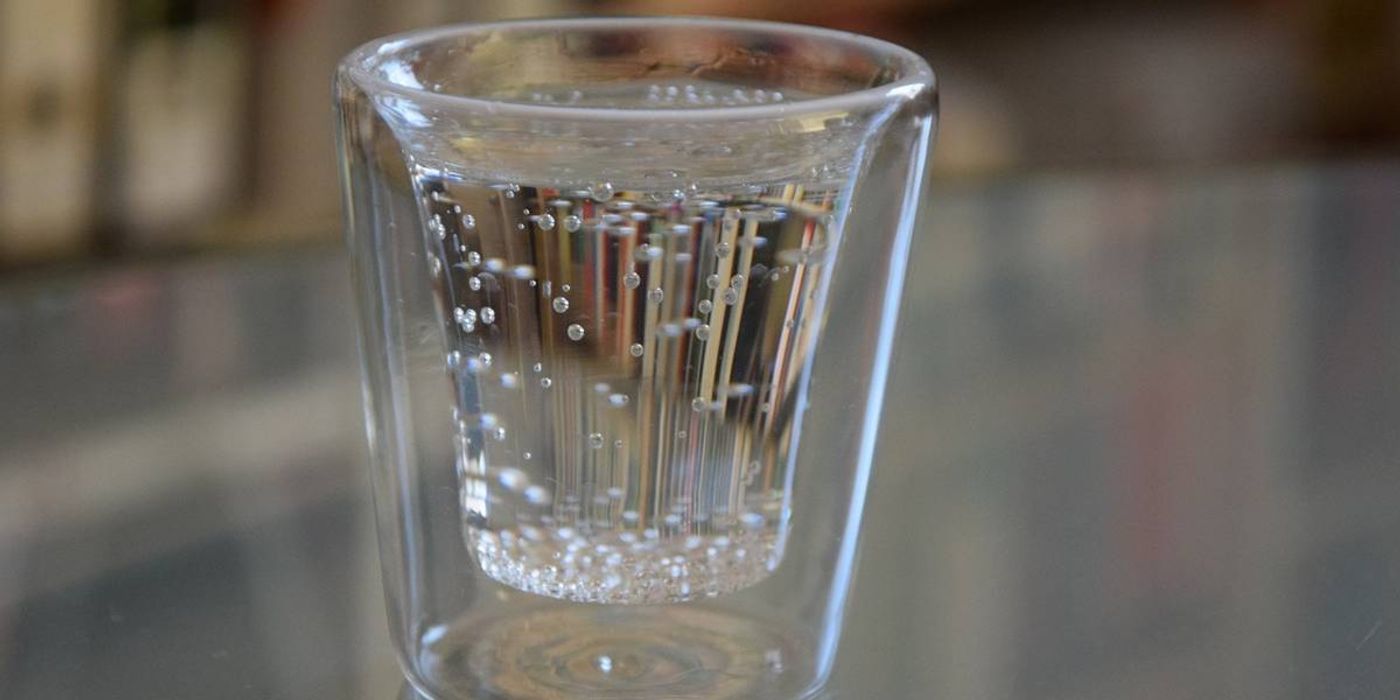Century-old Bretherton's Bubble Problem Solved
Some of the most common phenomena in life also hide puzzling mysteries.
When you pour water into a glass, many air bubbles would often appear. Because of their lower-than-water density, they rise to the top without any doubt. But the same thing does not happen to the air bubbles in a closed capillary tube with water: they get stuck at where they first occur.
This simple yet perplexing problem first captivated scientists a century ago. In a recent publication, a bachelor student and his laboratory supervisor at the Swiss Federal Institute of Technology Lausanne (ÉPFL) reported that they found a proper solution to address the century-old mystery.
For the portion of air that cannot be dissolved, it forms bubbles in liquids. Once the bubbles reach the surface, they pop, releasing the gas back to the atmosphere. Gas bubbles can be seen almost everywhere in life: carbon dioxide soaring in carbonated beverages, water vapor released in boiling water, and air freed from agitated water.
On Earth, air bubbles in water should always flow upward unless encountering resistance. In microgravity environments like space, however, they do not follow the same rule.
Bubbles in water in space (Canadian Space Agency)
In his 1961 paper, Francis Patton Bretherton, an applied mathematician, developed an equation that models the bubbles' shape to solve the problem. Since then, the phenomenon was given the name "Bretherton's Bubble Problem".
According to the latest study, the bubbles in the capillary don't get stuck. Instead, the observation made by the Swiss team proved that they are actually rising upwards, but just in a languid pace.
Using an optical interference microscopy, they discovered that there's a liquid film about nanometes (10^-9 meter) thick between the bubbles and the wall, resulted from the geometry of the tube and the hydrodynamics. The film exerted a force of resistance to the bubbles, which slowed down their upward movement.
The researchers believed that their findings would be helpful to dissect other phenomena in fluid mechanics at the nanometric scale, especially when it comes to biological entities.
The exceptional contribution to this discovery by the bachelor student Wassim Dhaouadi earned him praises and recognitions. As a research assistant to ÉPFL physics professor John Kolinski, Dhaouadi was described as diligent and driven. "He essentially participated out of his interest in the research, and wound up publishing a paper from his work that brings to rest a centuries-old puzzle," Kolinski commented on his mentee in a press release.
This study is published in the journal Physical Review Fluids.
Source: Phys.org









